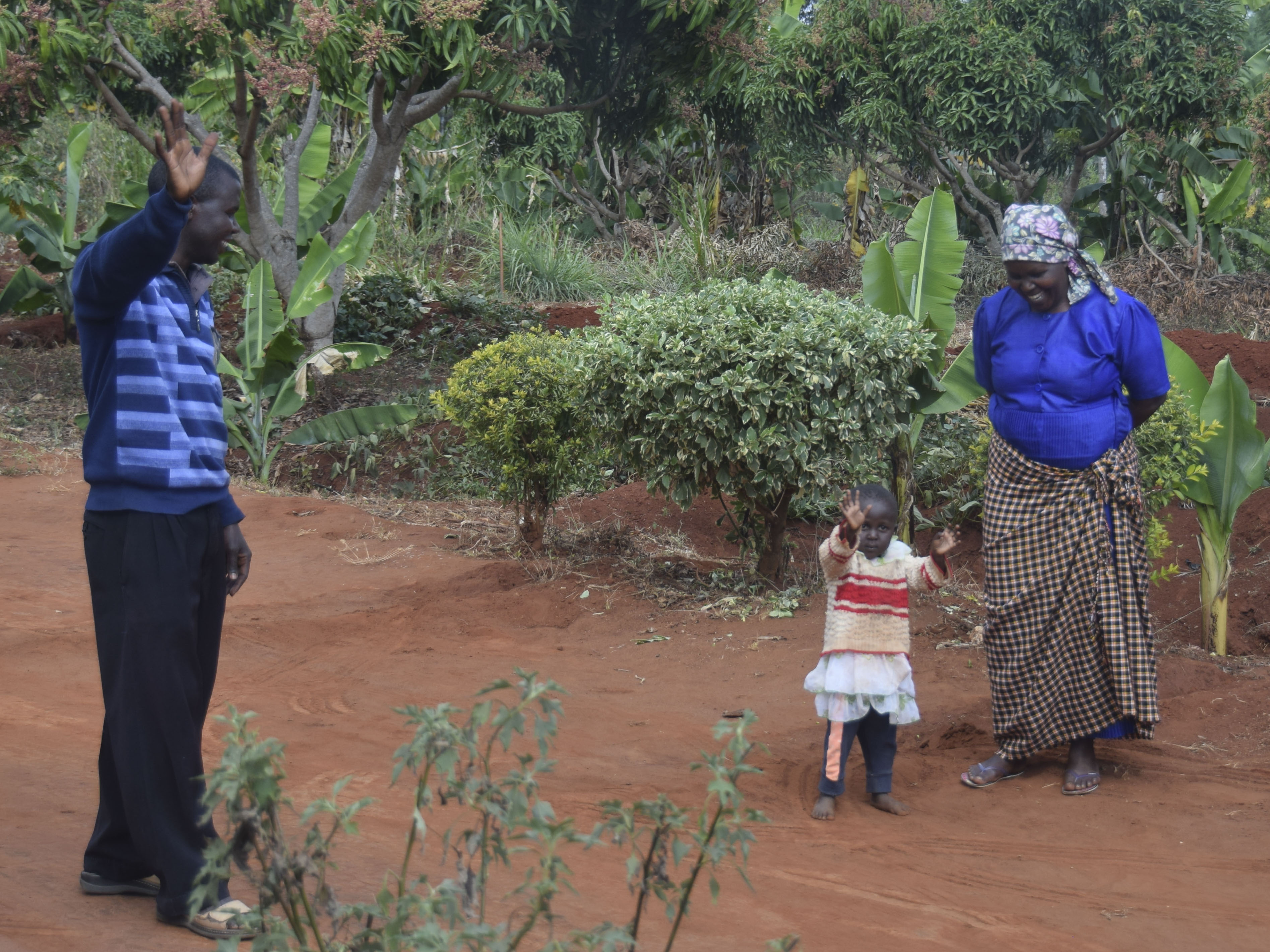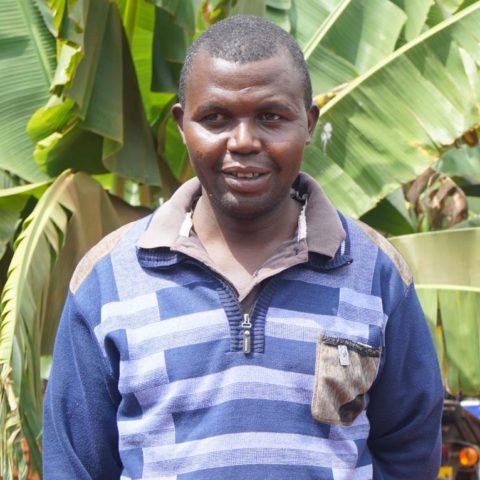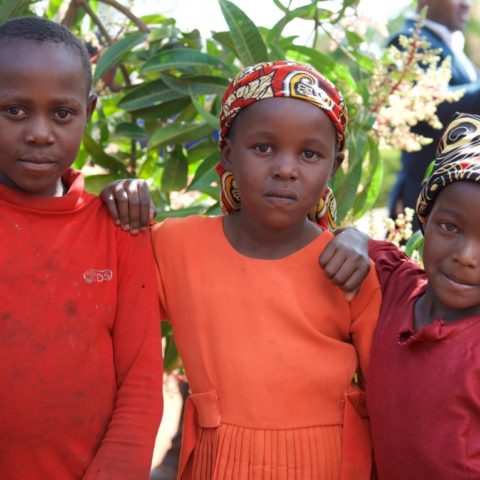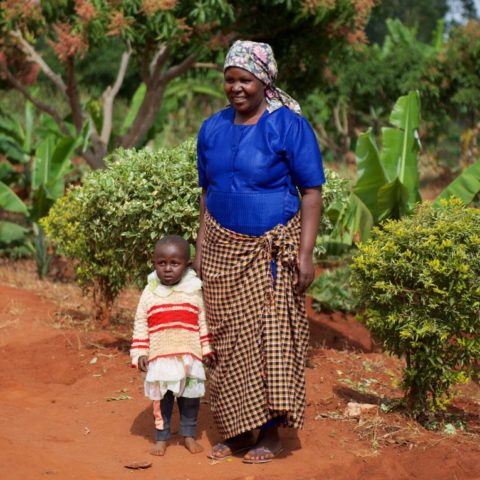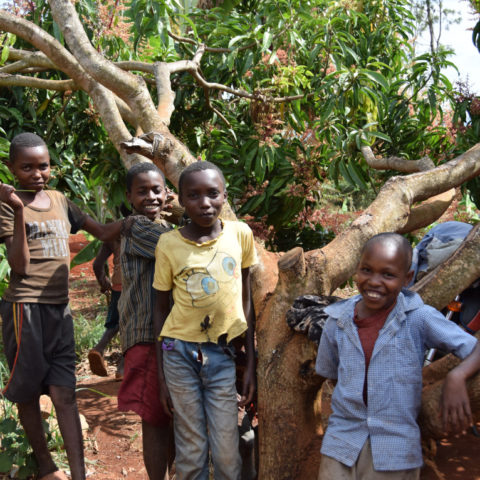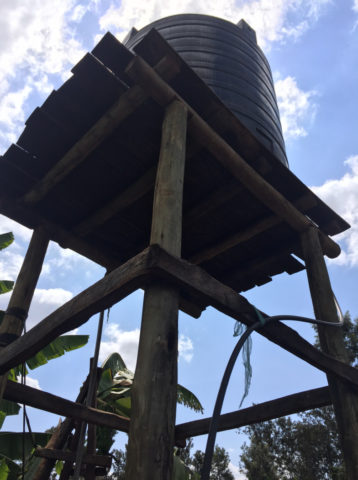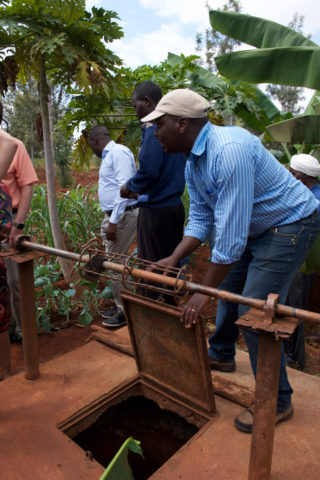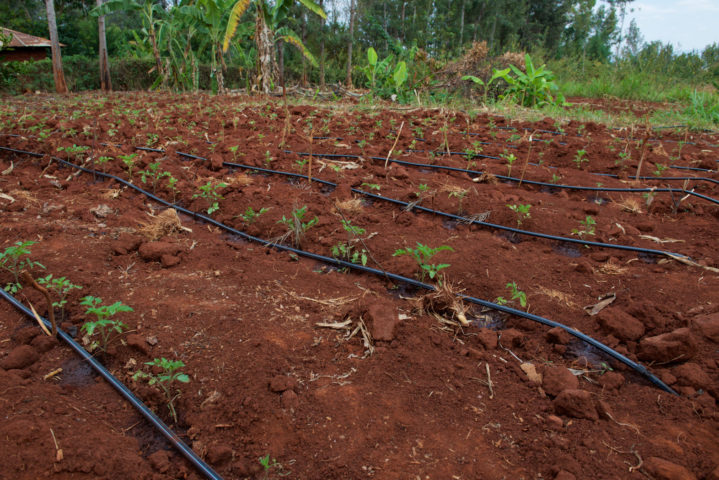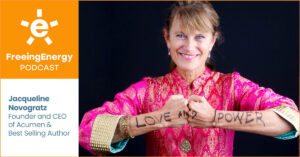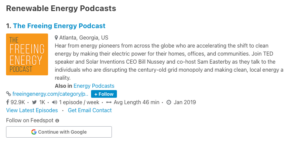Kenya is a nation of farmers. About two-thirds of the country support themselves by tilling the ground, planting seeds and harvesting crops. Despite having mild year-round weather, the dry climate only supports two annual growing seasons, the “long rains” and the “short rains.” These limited seasons mean many Kenyan farmers can barely grow enough to feed their families, let alone having extra crops to sell. To make matters worse, the last few years have seen a string of extreme weather events. During the big drought of 2009, almost ten million Kenyans couldn’t irrigate their crops and faced starvation.
Smarter government policies, billions of dollars of outside aid and modern agricultural technology are slowly breaking the cycle of subsistence farming across Africa. Improved seeds, crop rotations, fertilizers, and modern farming tools can all dramatically improve the crop yield, particularly in small 1-5 acre family farms.
Irrigation is one of the most powerful techniques of modern farming but it is rarely used by small Kenyan farms. Most aren’t close enough to rivers or lakes and, even when they are, manually carrying buckets of water limits the amount of land that can be irrigated. Drilling wells provides access to water, but again, the impact is constrained by the labor of irrigating one bucket of water at a time.
GET MONTHLY NEWS & ANALYSIS
Unsubscribe anytime. We will never sell your email or spam you.
Wealthy farmers can afford diesel generators and well pumps but the upfront cost and the ongoing cost of fuel put these technologies out of reach for most.
In 2013, a young company called SunCulture offered a better solution – use solar panels to power the water pump. Solar-powered irrigation pumps are not a new idea but SunCulture wove together a set of innovations that made it far more accessible to the subsistence farmers of rural East Africa.
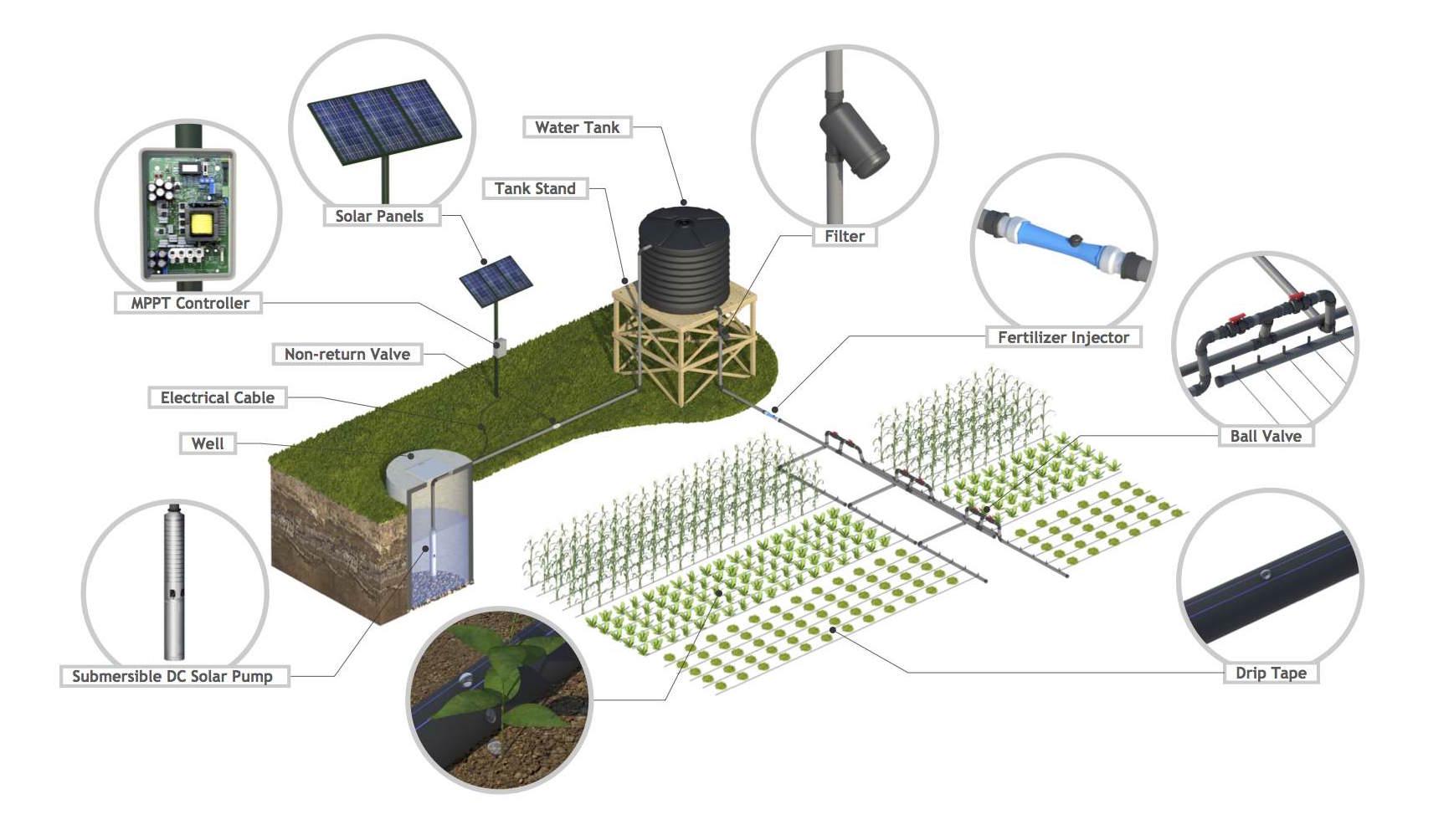
The system consists of a small roof-mounted solar panel, an elevated water tank, a submersible pump that goes in the well or any other water source and enough drip irrigation hose to cover a small field of crops. They made the system easy to assemble and built a distribution network that could install and maintain the systems for farmers. They made it affordable by adopting the same mobile-phone based Pay-As-You-Go (PAYG) that made solar home lighting systems affordable to a much larger population.
To see firsthand how solar irrigation systems work and the impact they are having on the Kenyan families, SunCulture’s CEO, Samir Ibrahim, took us to visit one of his customers.

Narrow, one-lane, dirt roads and washed out potholes the size of cars weren’t our only challenges as we drove through rural Kenya.

But, after a few hours, we made it to Maragua and the two-acre farm of Samuel and his family.
Before SunCulture, Samuel was using an expensive diesel generator to pump the water from his well. Now, his big up-front investment and daily diesel fuel costs have been cut in half with small regular payments he can make via his mobile phone. Farmers like Samuel who purchase the new product, RainMaker, will pay off their investment in a year and their irrigation costs will effectively be zero after that.
Irrigation has changed Samuel’s farm and his family’s life. He is no longer dependent on the unpredictable weather and he can farm crops year round. Previously, he had to grow “safe” crops like corn (maize) and beans because they can grow in a wide range of conditions. With the predictability and control of irrigation, he is able to grow a wider variety of crops, all of which fetch a higher market price than commodity corn and beans.
Samuel told us he is now making a lot more money and is able to consider investing more in his future. Asked what he’d do next, Samuel told us in broken English, “expand my farm.” He explained that he wanted to buy a greenhouse so that he could grow some of the most valuable crops like tomatoes and strawberries. And, ultimately, he wants to buy more land so he can continue growing his farm.
